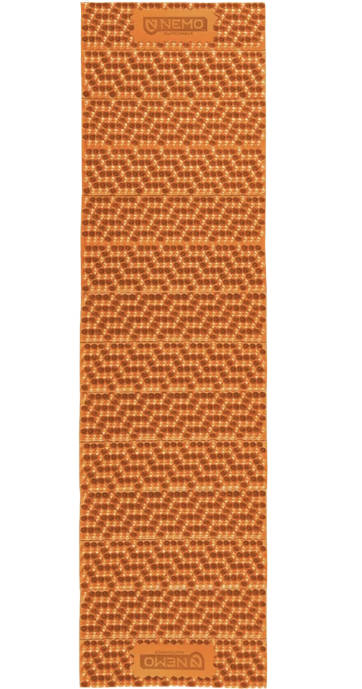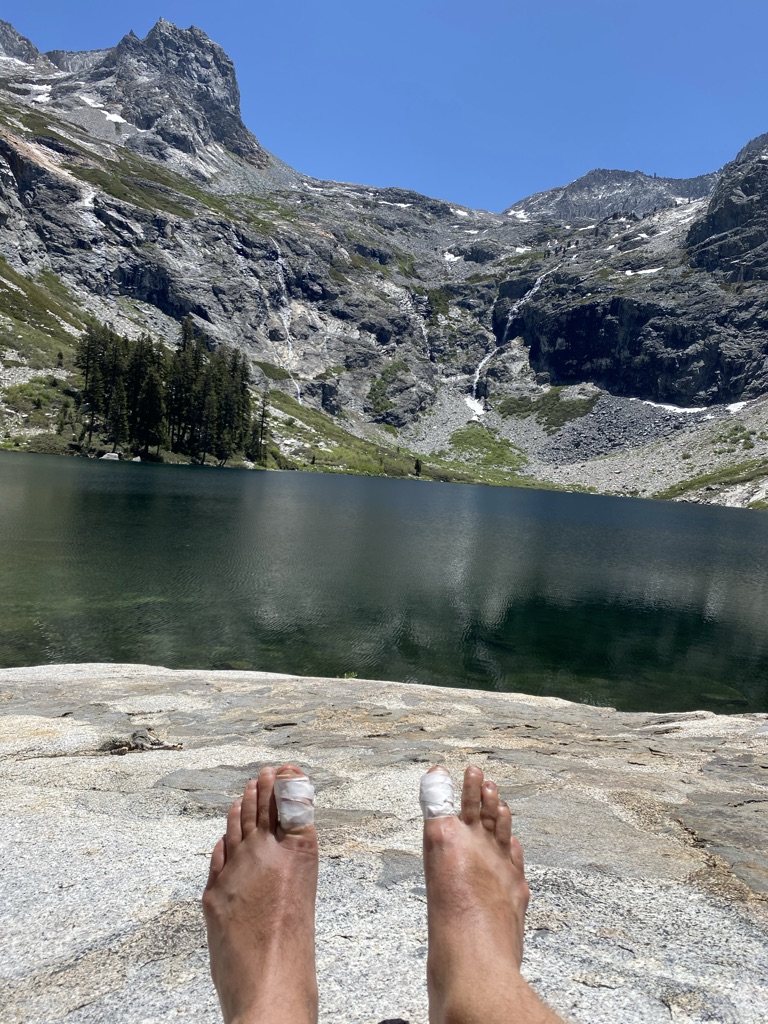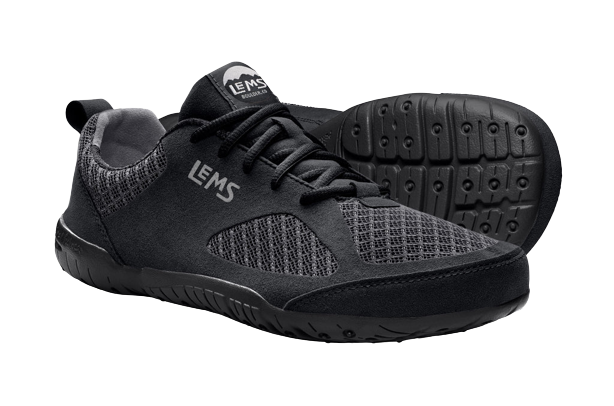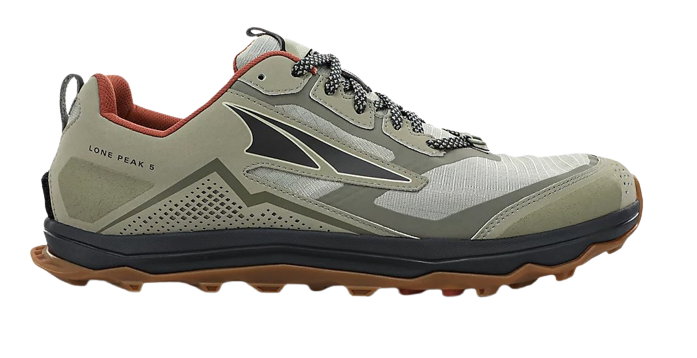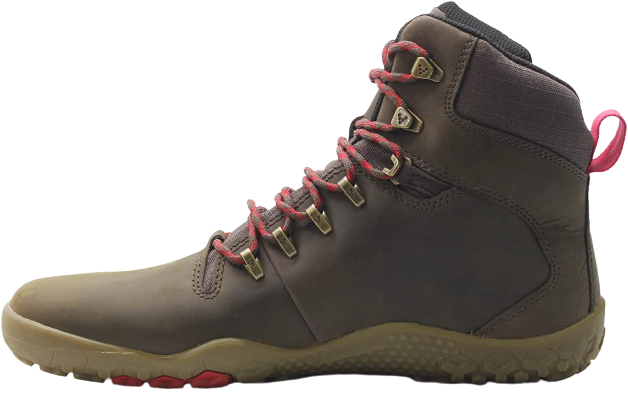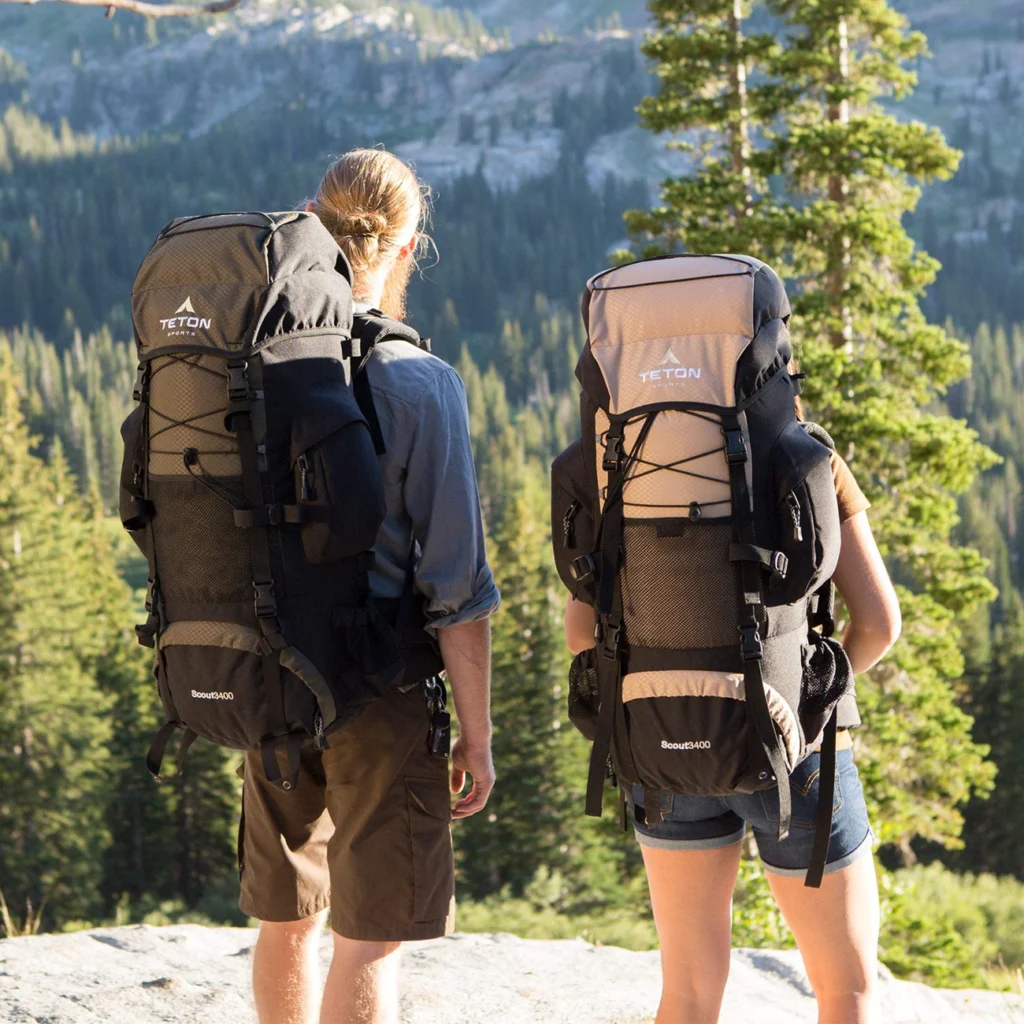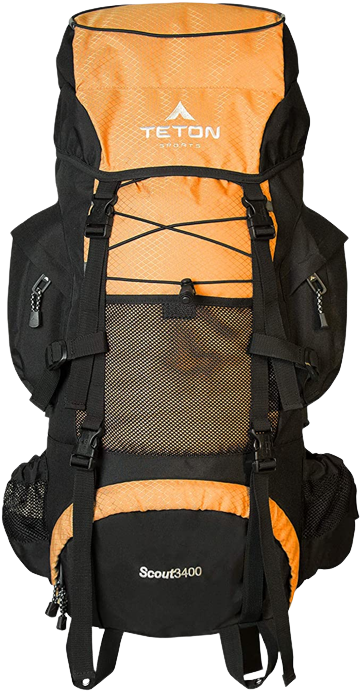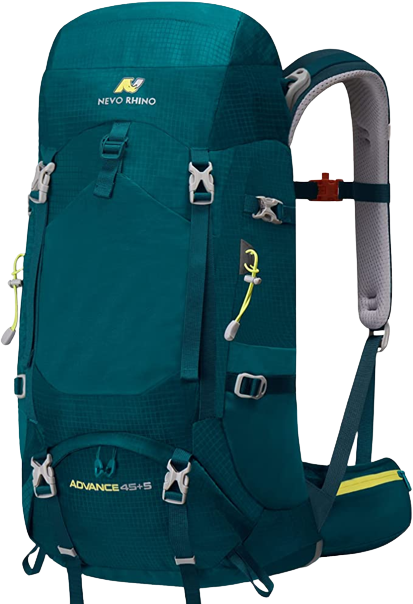Backcountry 2023 Memorial Day Sale: Best of Sleeping Pads
This post may contain affiliate links. Please read my disclosure policy found in the “About” section.
TOP DEAL: NEMO Tensor Insulated
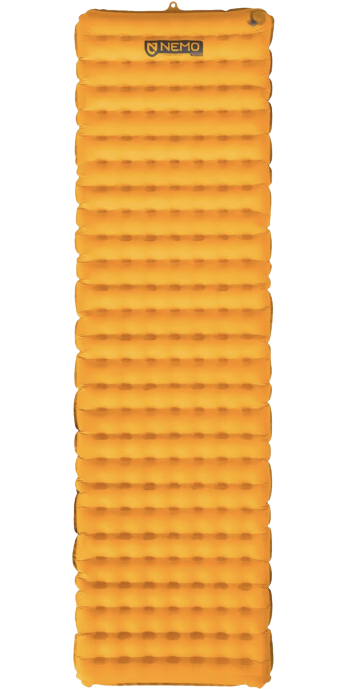
The NEMO Tensor Insulated is a fan-favorite amongst side-sleepers and offers a lightweight yet comfortable and warm sleeping solution for backpacking in most temperatures. It combines Primaloft insulation and a heat-reflective film to retain heat, while its innovative spaceframe baffle construction provides cushioning and support. Despite its premium materials and comfort, the Tensor packs down to just 17 ounces (depending on size), and is built to handle years of use in challenging conditions, making it the ultimate sleeping pad for campers and backpackers looking for a great night of sleep.
R Value: 4.2
Thickness: 3 inches
Weight: 17 oz
Best For: side sleepers / prioritizing comfort over ultralight
Therm-a-Rest NeoAir Xlite XNT (Regular Short Only)
The Therm-a-Rest NeoAir XLite is an ultralight and compact sleeping pad that provides excellent insulation for its weight. Using advanced materials, the NeoAir XLite inflates to 2.5 inches thick yet packs down to the size of a water bottle. It’s very comfortable yet durable enough for extended backpacking trips. For gram-counting backpackers and side-sleepers looking for maximum comfort, the NeoAir XLite is a top choice.
R Value: 4.5
Thickness: 2.5-3 inches
Weight: 11.5 oz
Best For: ultralight-ers looking for a premium piece, rarely on sale

Therm-a-Rest NeoAir Uberlight
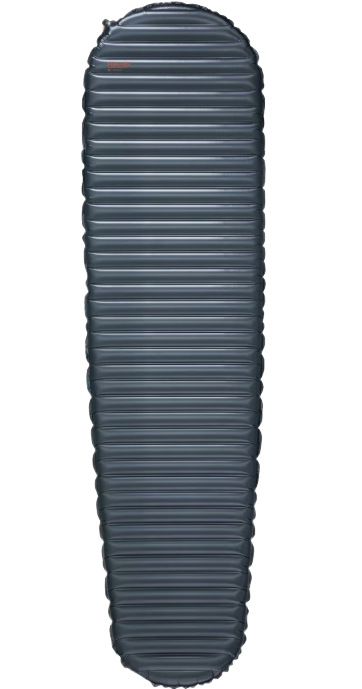
The Therm-a-Rest NeoAir UberLite is an ultralight sleeping pad that delivers maximum comfort for minimal packed size. Weighing in at just eight ounces, the NeoAir UberLite is one of the lightest sleeping pads we’ve tested. Despite its diminutive size, the pad’s tapered air channels and advanced fabrics provide decent support and insulation for side sleepers and backpackers looking to shed ounces from their pack. While not the most durable or budget-friendly option, the NeoAir UberLite is a compelling choice for ultralight enthusiasts and thru-hikers chasing lighter loads.
R Value: 2.3
Thickness: 2.5 inches
Weight: 8.8 oz
Best For: ultralight-ers looking to maximize weight savings
Sea To Summit Comfort Plus XT Insulated
The Sea to Summit Comfort Plus Insulated sleeping pad offers a compressible yet cushy sleeping surface ideal for any camping adventure. With separate inflation chambers, this rugged and durable pad ensures maximum comfort and insulation. The Comfort Plus Insulated is a versatile 4-season sleeping pad available in multiple sizes that provides an excellent balance of comfort and packability.
R Value: 4.7
Thickness: 3 inches
Weight: 41.8 oz
Best For: backpackers and campers looking for comport above all
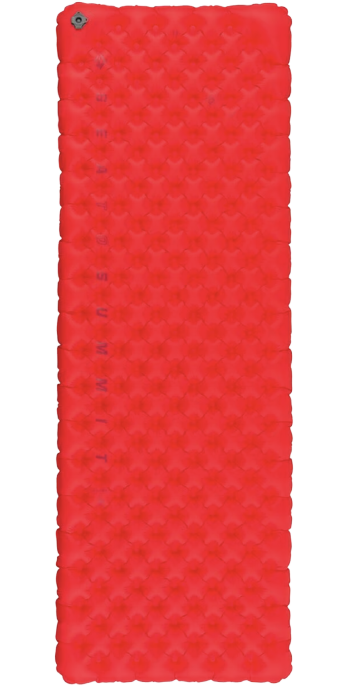
Big Agnes Rapide SL Insulated
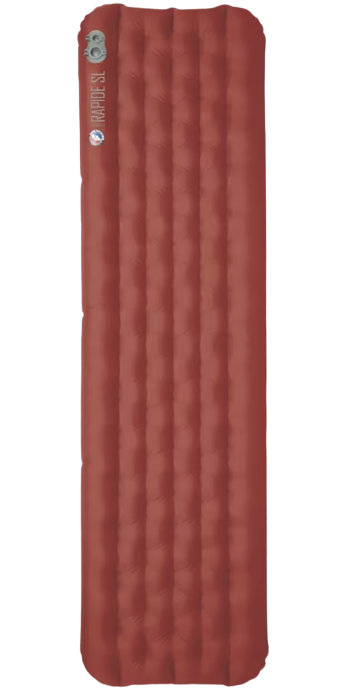
The Big Agnes Rapide SL Insulated provides comfort and warmth for all types of backpackers. With vertical baffles and a textured surface, this lightweight pad cushions and insulates as well as any pad on the market. Made of durable nylon ripstop, the Rapide SL Insulated inflates quickly and deflates just as fast for packing up camp. At less than 2 pounds and over 4 inches thick, this sleeping pad is ideal for minimalist adventures where every ounce matters without sacrificing comfort.
R Value: 4.2
Thickness: 4.25 inches
Weight: 19 oz
Best For: balance of comport and weight
NEMO Switchback
The Nemo Switchback is an innovative sleeping pad that provides a comfortable night’s sleep at a budget-friendly price. Its channeled design allows for lateral baffles that mirror the shape of your body, cradling you as you sleep under the stars. Made of durable yet lightweight materials, the Switchback packs down impressively small but still delivers cushioning and insulation. For backpackers and side sleepers on a budget, the Switchback could be the pad you’ve been waiting for.
R Value: 2.0
Thickness: 0.9 inches
Weight: 14.5 oz
Best For: ultralight-ers prioritizing weight over comfort
